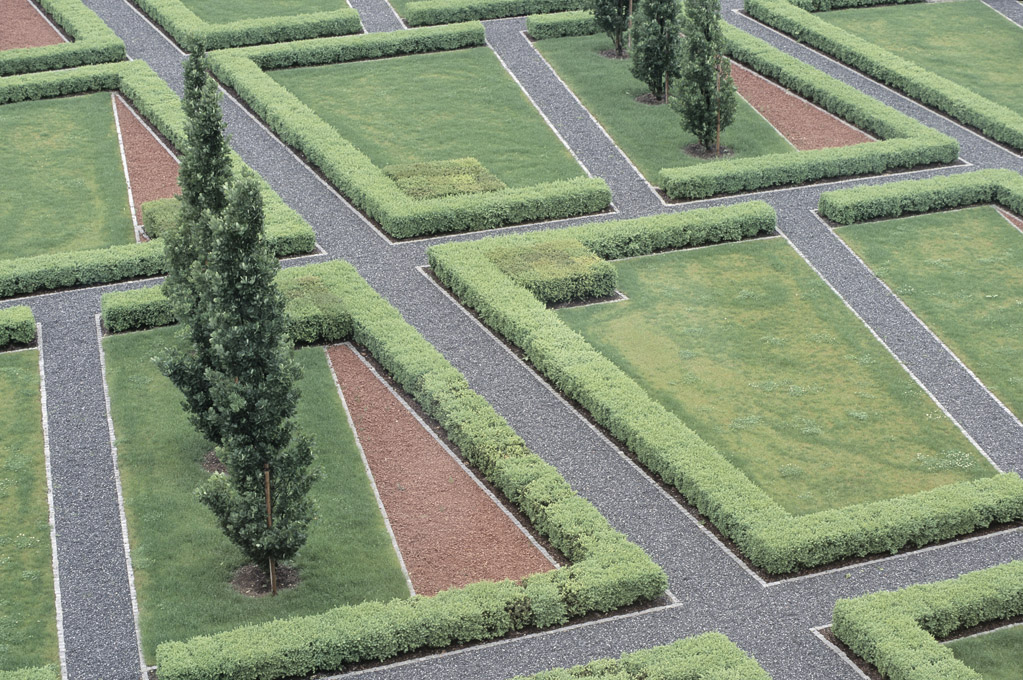Judith Stilgenbauer, Processcapes: Dynamic Placemaking (2015)
Peter Walker + PWP Landscape Architecture, Hilton Hotel (former Kempinski) Gardens (1994)
FIND IT ON THE MAP
(circa 1932- ) American landscape architect and the founder of PWP Landscape Architecture.
Judith Stilgenbauer, Processcapes: Dynamic Placemaking (2015)



Peter Walker + PWP Landscape Architecture, Hilton Hotel (former Kempinski) Gardens (1994)
The public was never made fully aware of the scope of landscape architecture, and among those who were aware, attitudes have changed over the past forty years from hopeful interest to, at worst, critical wrath.
Why has a field so full of idealism and both practical and economically available solutions had so little influence and effect? The answers do not seem to lie in the arguments and dichotomies of the field itself, though insecurities that may have been both cause and effect certainly have played a role.
One basis of insecurity may have been inherited from the modern architectural movement’s dictum that history is not important. While being educated for a greatly expanded contemporary role, students of design were routinely underprepared to measure their current efforts against the work of previous generations and other cultures. This has not only psychologically orphaned the young practitioners but also denied them the means to evaluate previous work in any but their own terms. The emphasis on learning about, and assimilating, increasing amounts of science and technology in the schools has limited students’ access to cultural and philosophical inquiry. This has tended to remove students from debates about the political and economic forces that have controlled the direction of society. What is more, the mistaken faith that technical knowledge would give the power to lead may have reduced the designer’s ability to affect society by the power of iconic example. If one is service oriented, how much scope does one have for offering philosophical guidance or cultural leadership?
Peter Walker, Melanie Simo, Invisible Gardens (1994)
Peter Walker + PWP Landscape Architecture, Barangaroo Reserve (2015)

Alfred Caldwell, Promontory Point Park (circa 1937)